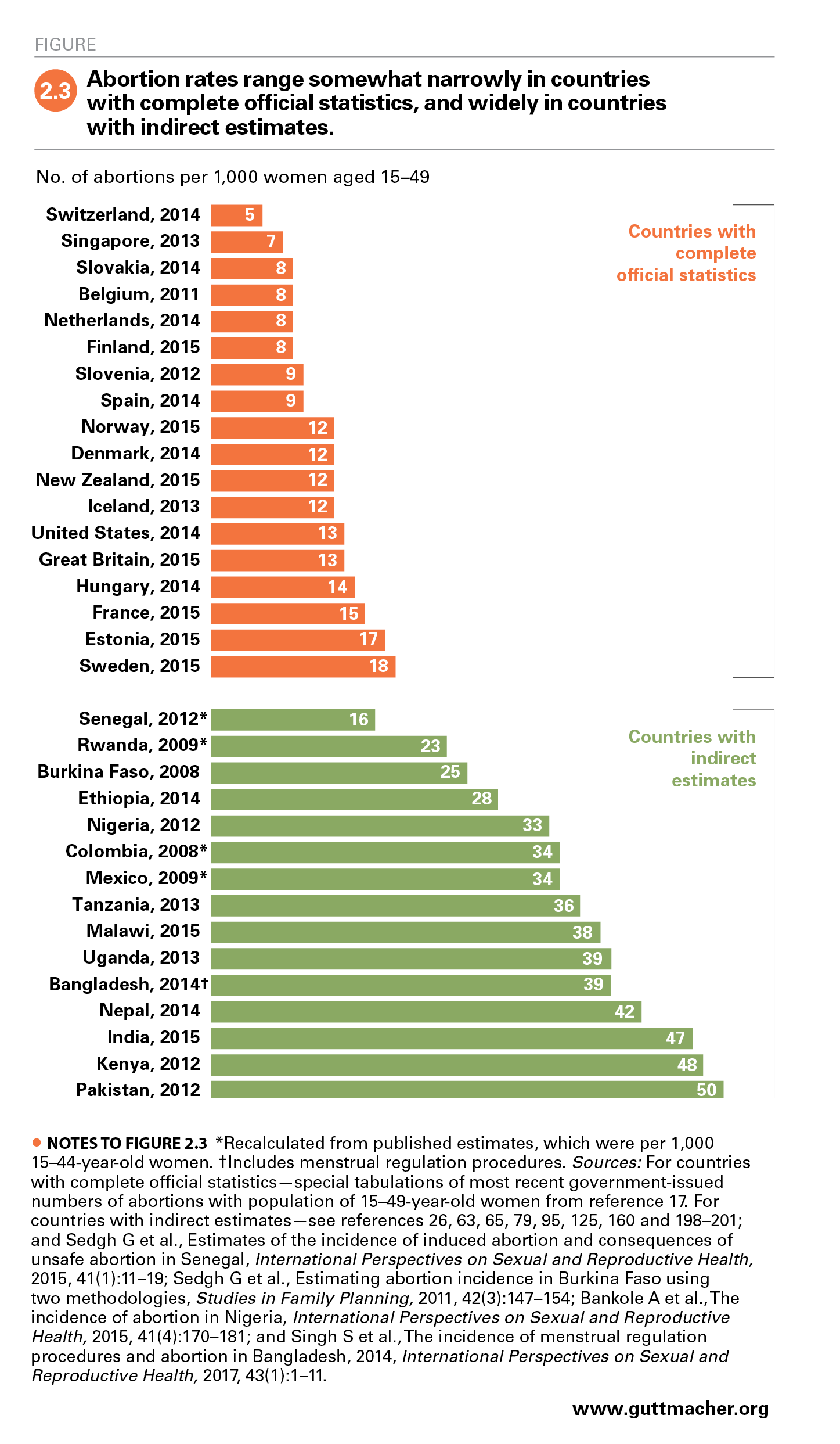

Moreover, the average wait time for treatment dropped from 10.7 days to 6.5 days, and 40 percent of abortions were completed at six weeks or earlier only 25 percent met that mark with in-person drug treatment. Researchers found no increase in complications. It compared outcomes in more than 52,000 medication abortions during the two months before and after the government decision. In fact, a large study done in the U.K.-where the government also provisionally allowed telehealth care-identified distinct advantages. The risk of complications that require further medical attention-such as hemorrhage or infection-is less than 1 percent.ĭuring the COVID era, at least three studies showed that the efficacy and safety hold up without in-person clinical visits. Research confirms that medication abortion is about 95 percent effective in ending pregnancy. In the U.S., the pills may be used during the first 10 weeks of gestation, although the World Health Organization considers them safe up to 12 weeks. “It is identical to how we often treat early miscarriage,” notes Lesley Regan, who chairs the abortion task force of England’s Royal College of Obstetricians and Gynecologists. In a standard protocol, the drug is followed by a dose of misoprostol, which triggers contractions and expulsion of the embryo. Mifepristone works by blocking progesterone, a hormone that maintains pregnancy. Researchers who study medical abortion see this split decision as both a step forward and a missed opportunity at a time when abortion rights are in peril. Such measures “continue to be necessary to ensure the benefits of mifepristone outweigh the risks,” according to the FDA. And although patients will be able to get their prescription at a drugstore or by mail, the FDA is requiring a new certification for pharmacies that dispense the drug. The agency did not, however, remove the other regulations. Last December the FDA acknowledged as much by permanently scrapping the in-person rule.

A natural experiment unfolded that highlighted the safety of this approach.

Patients could access care via telemedicine and get the pills by mail rather than risk catching COVID at a clinic. and several other countries that restrict mifepristone suspended the requirement of in-person distribution.

It took the COVID pandemic to strip away the fig leaf of scientific justification from one regulation. The rules have more to do with politics and ideology than with science. Yet decades of study have shown that the medication is safe and that those restrictions are needless, according to the American College of Obstetricians and Gynecologists and other medical groups. states have passed laws requiring an ultrasound scan before mifepristone can be prescribed. Most onerously, the pill had to be given in person in an approved clinical setting-even though a second drug used to complete the abortion, misoprostol, could be taken at home. Patients had to sign an agreement confirming that they had been counseled on its risks. Food and Drug Administration required doctors to be specially certified to prescribe it. Ever since it was approved in 2000 as an abortion pill, mifepristone has been regulated as if it were a dangerous substance.


 0 kommentar(er)
0 kommentar(er)
